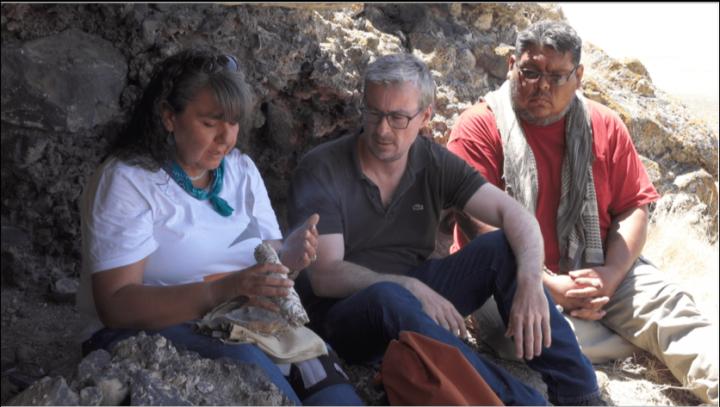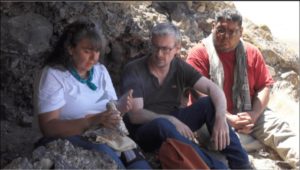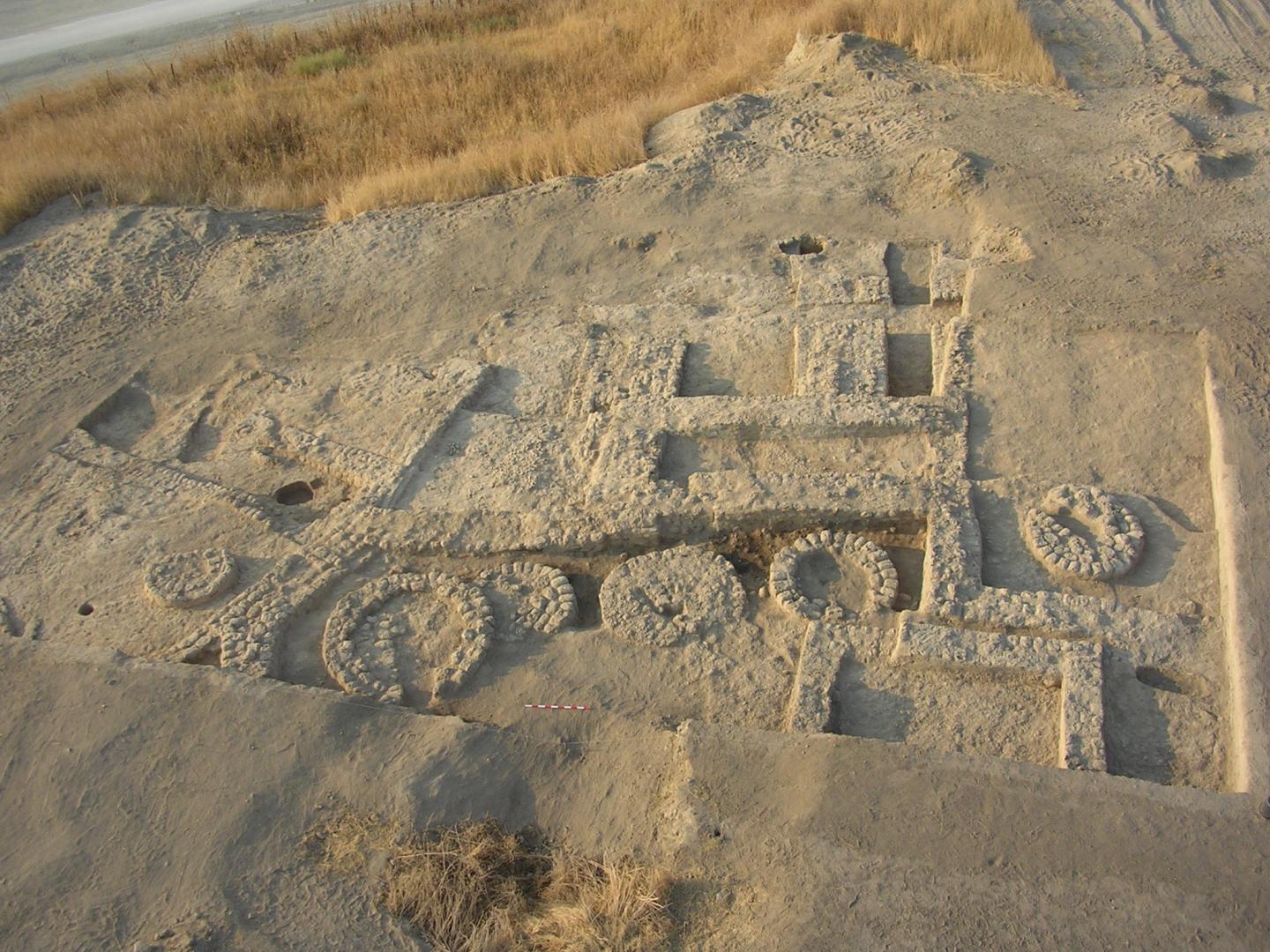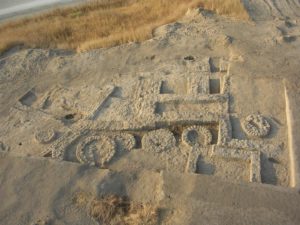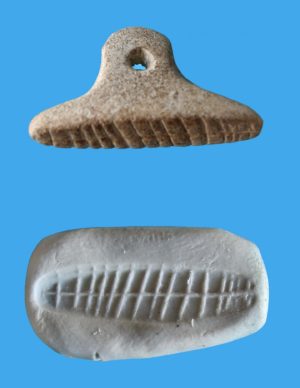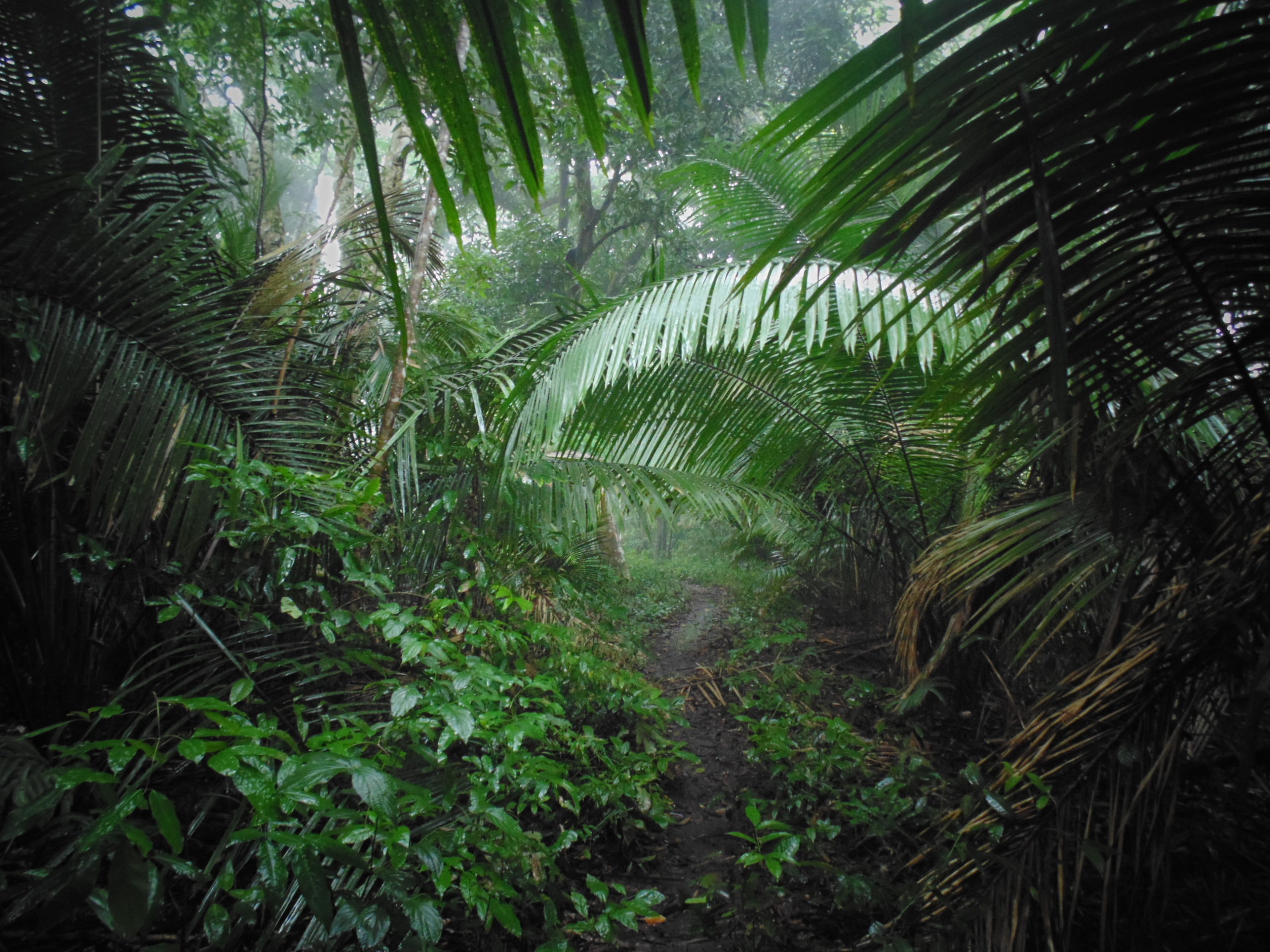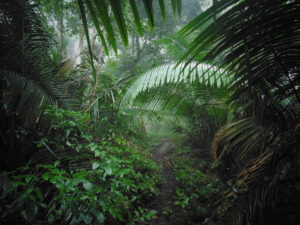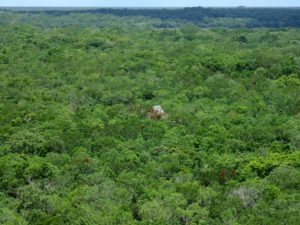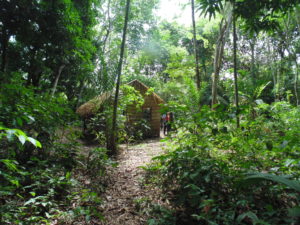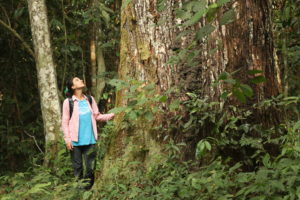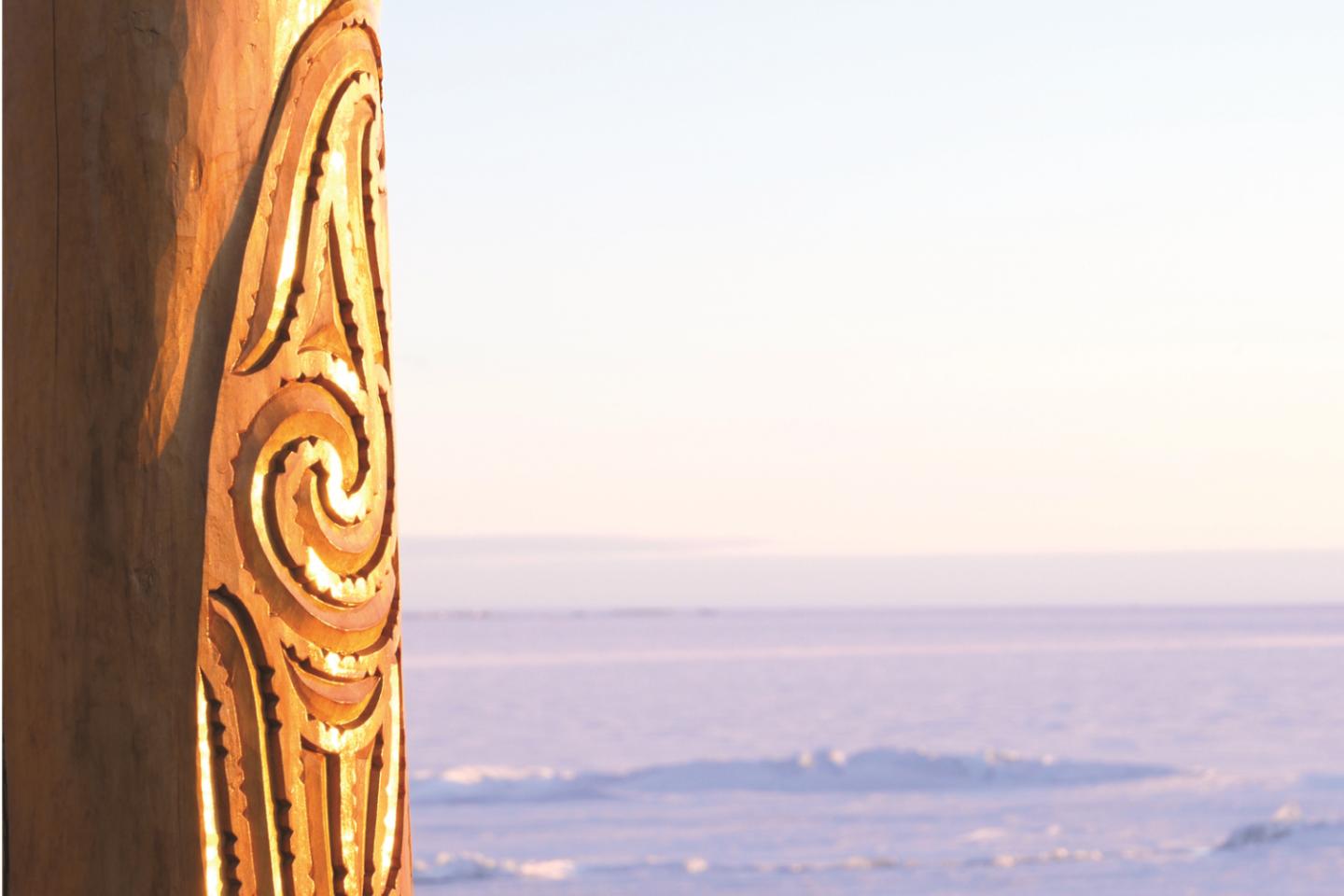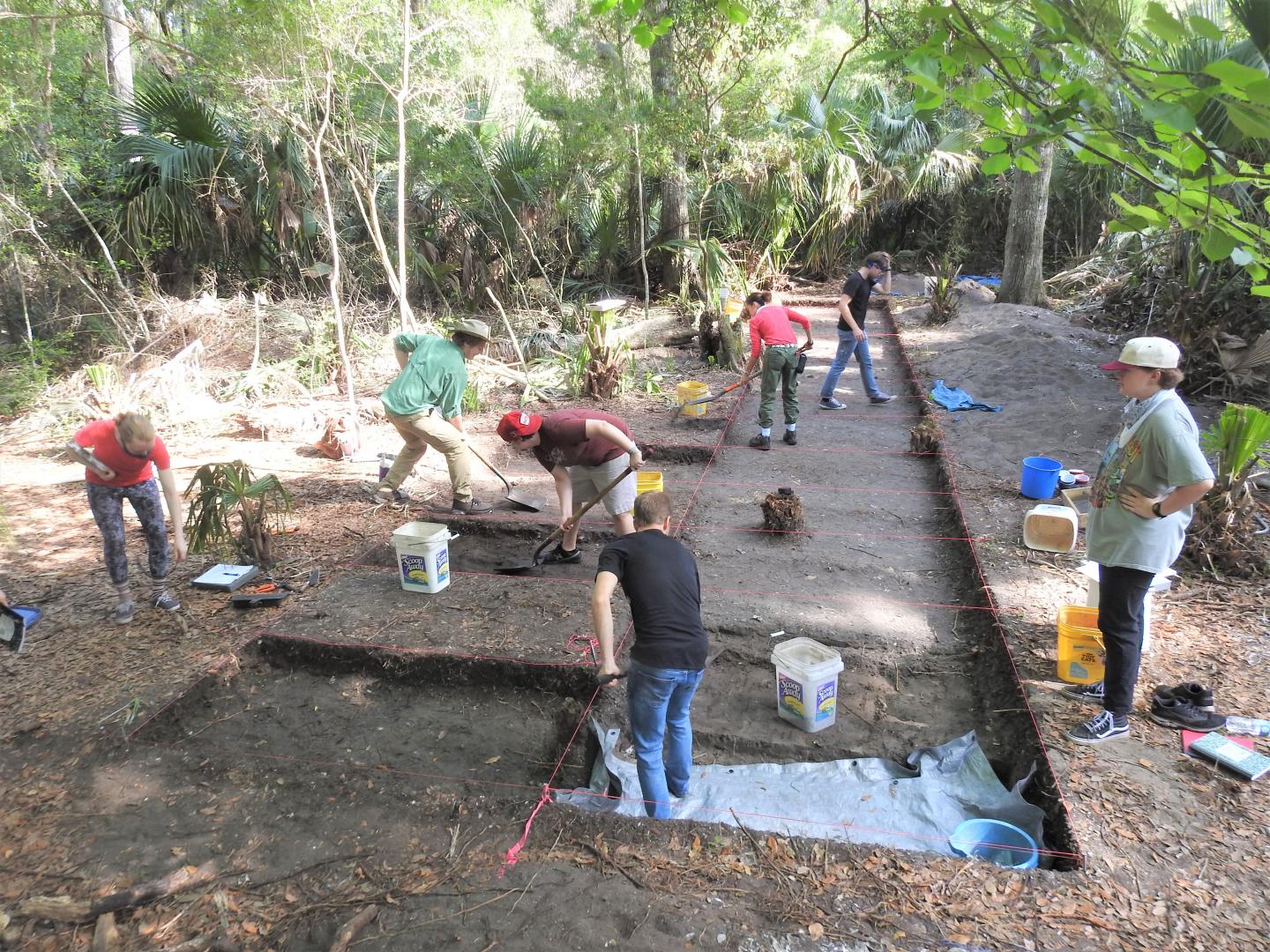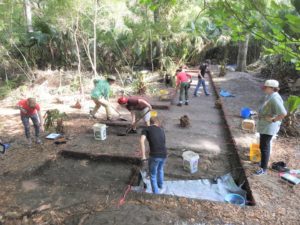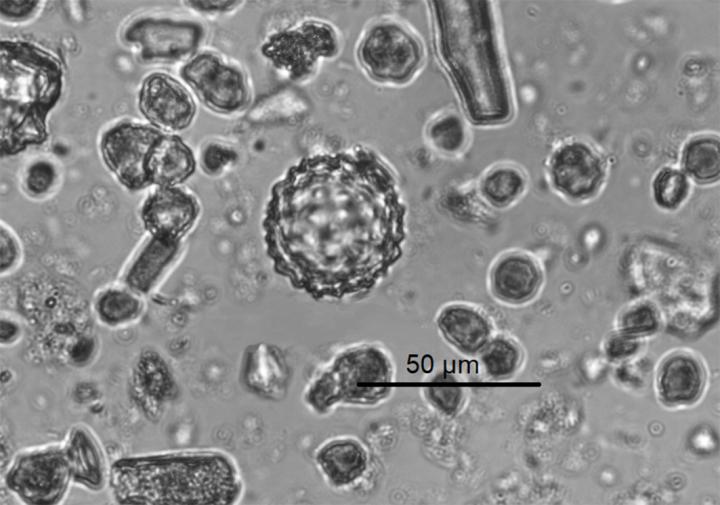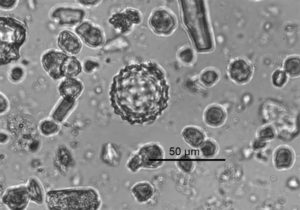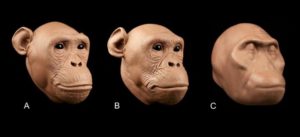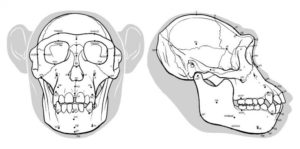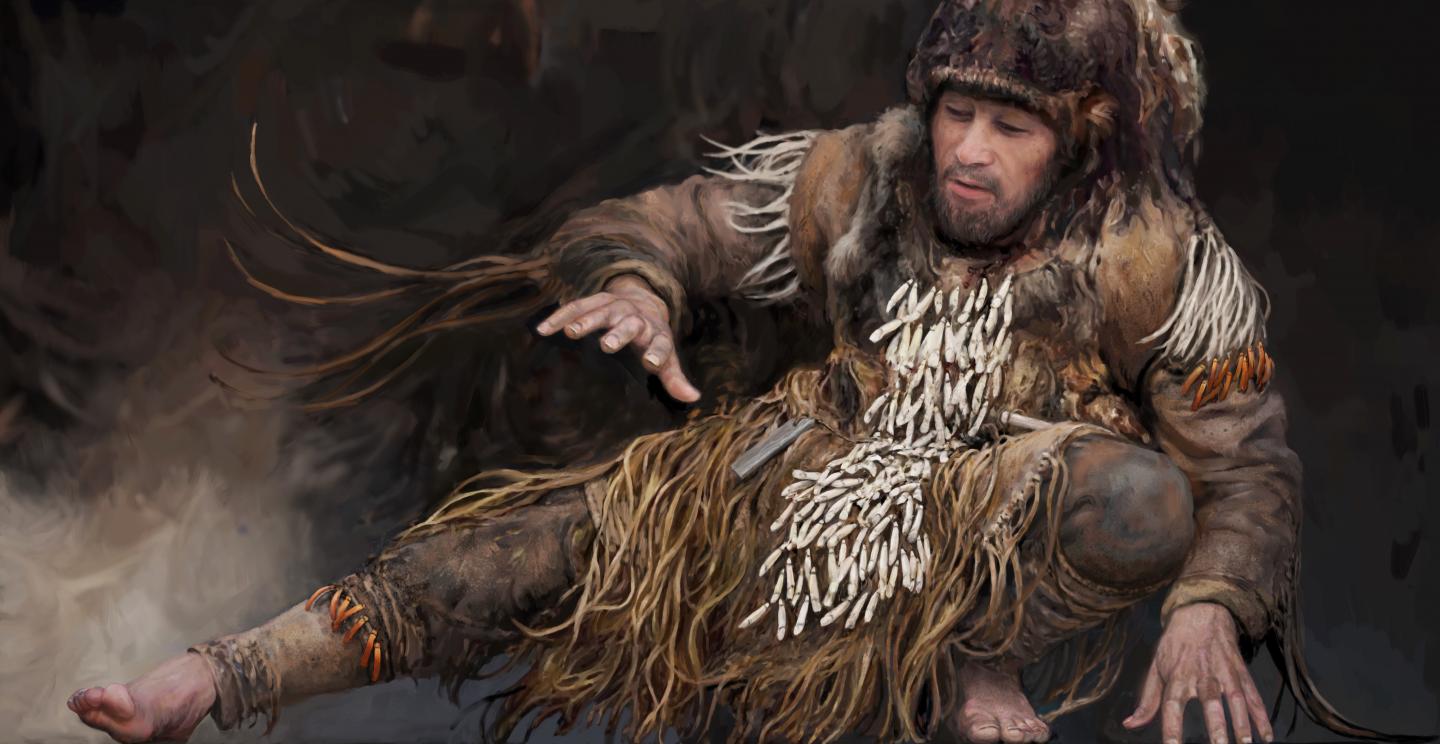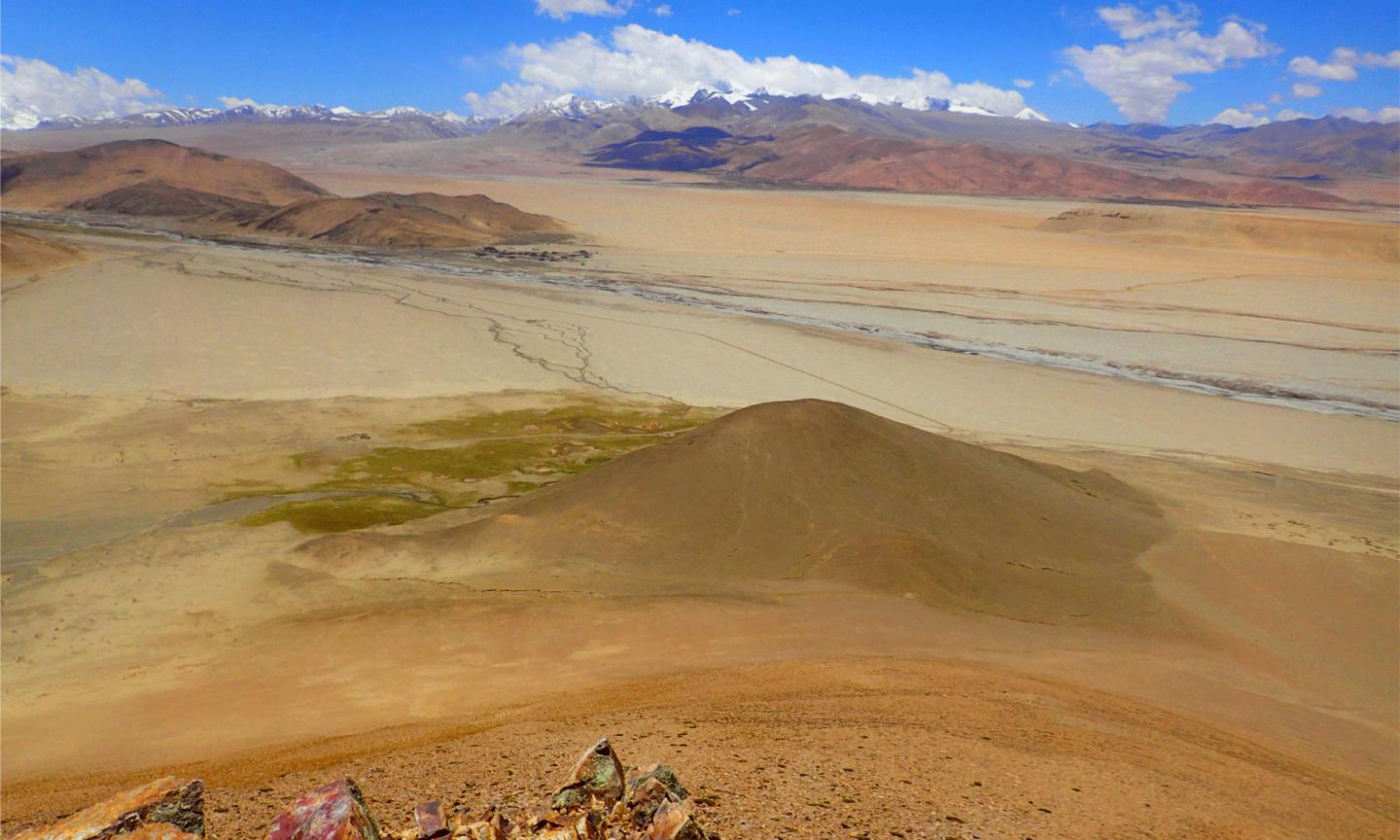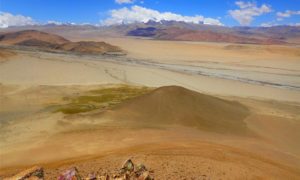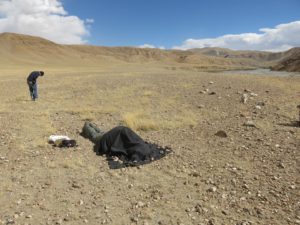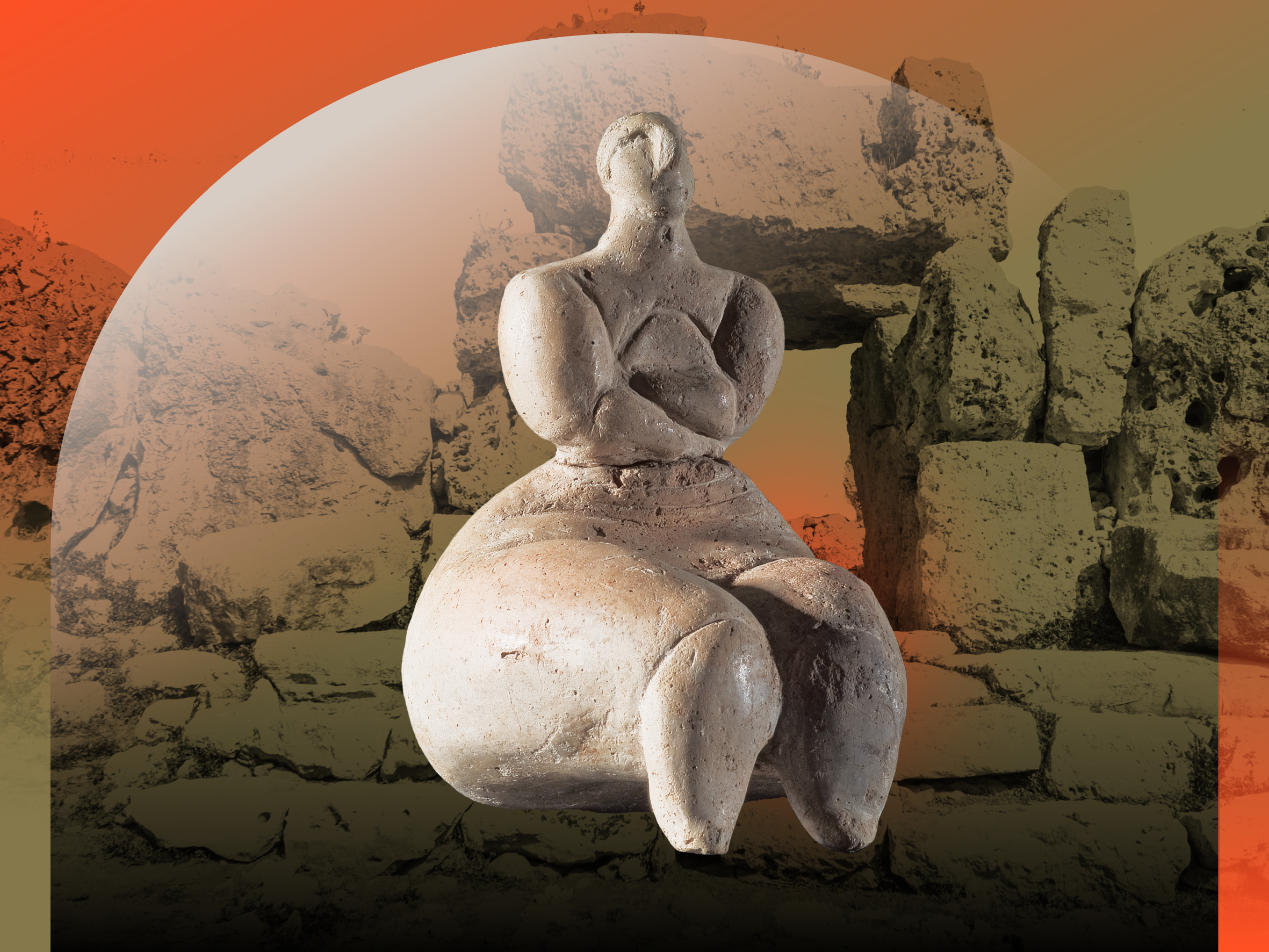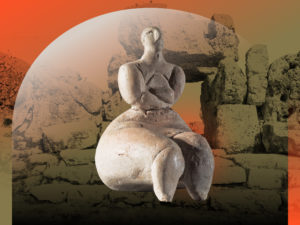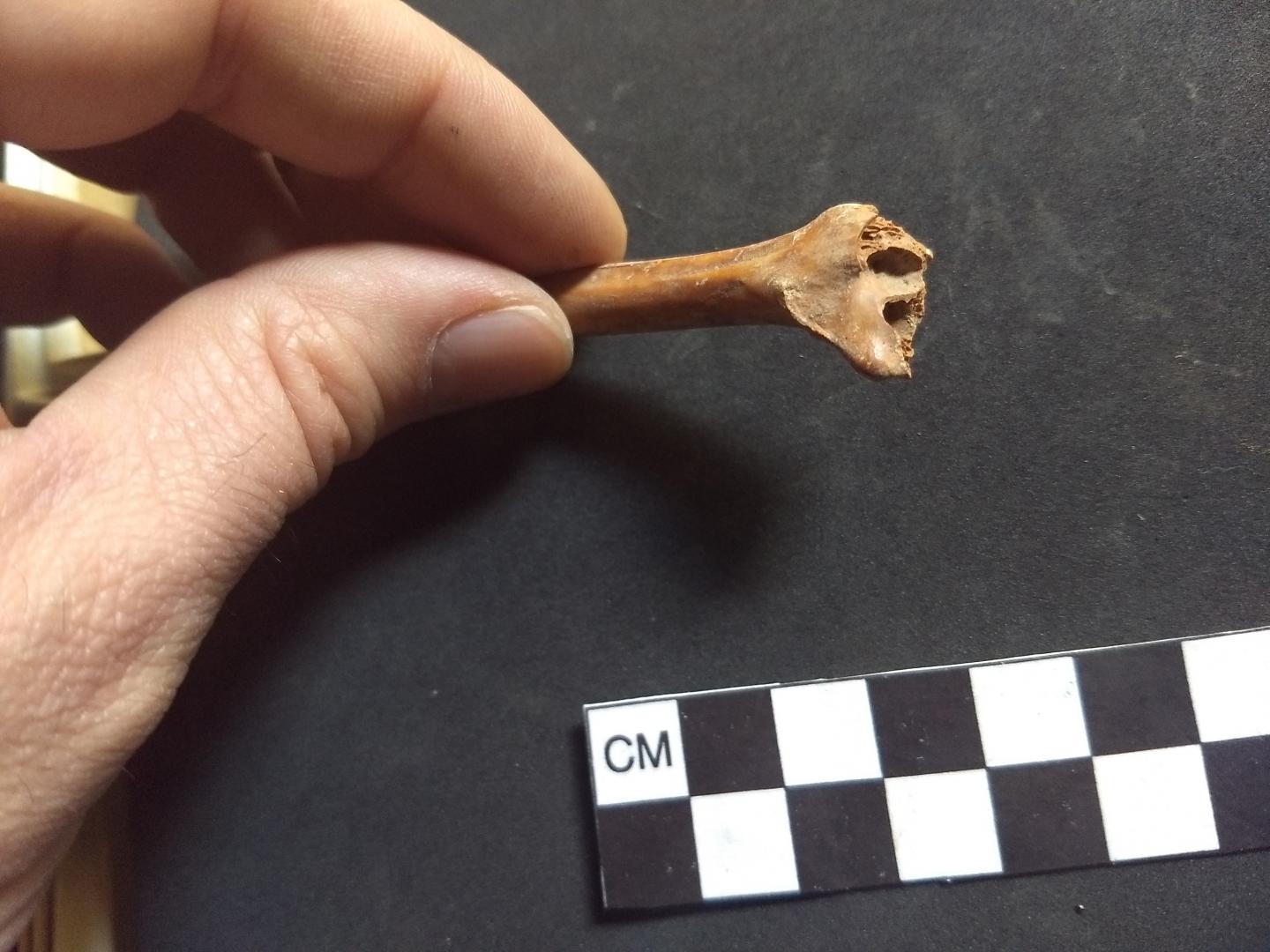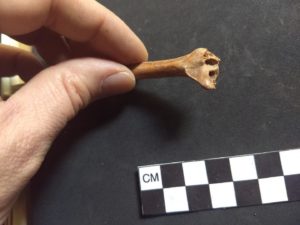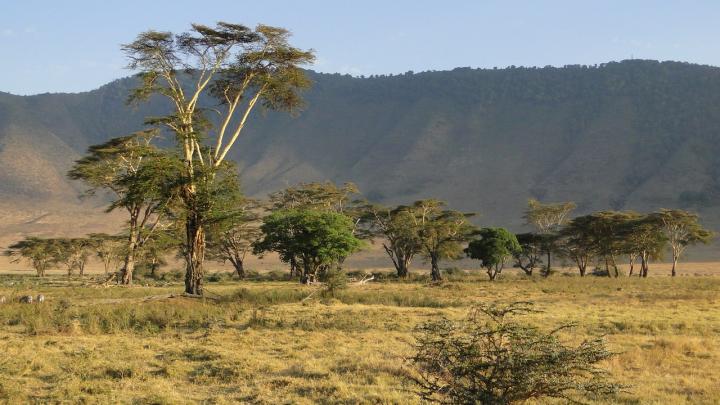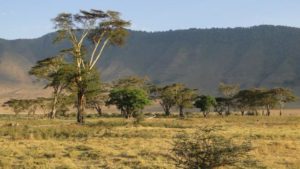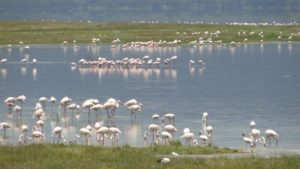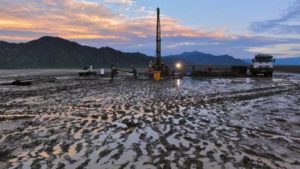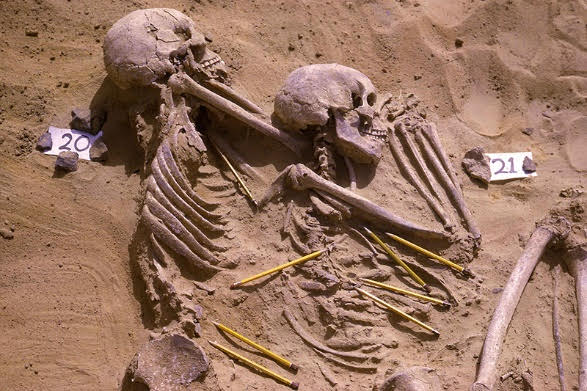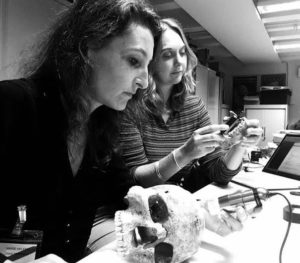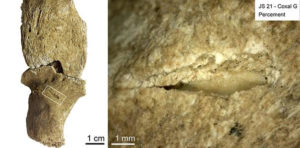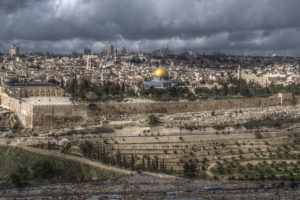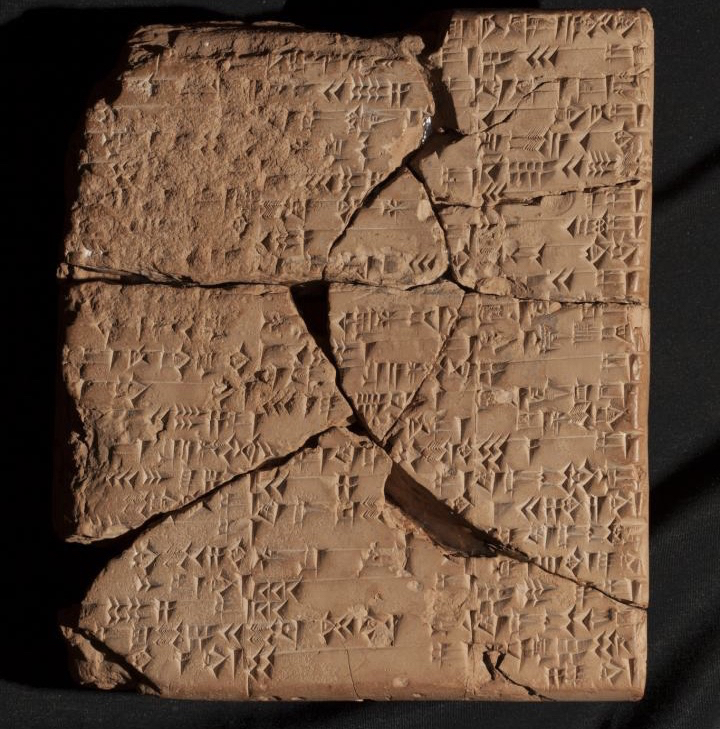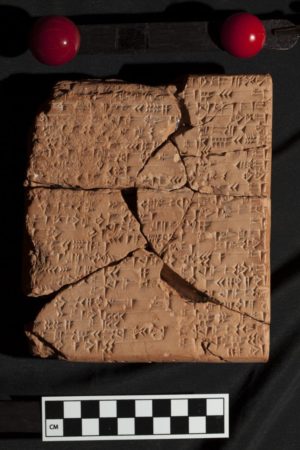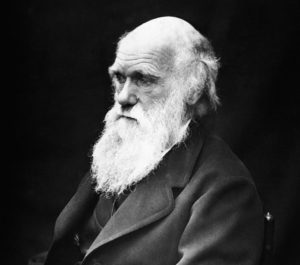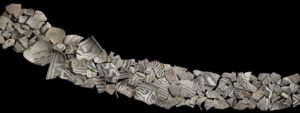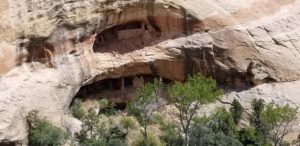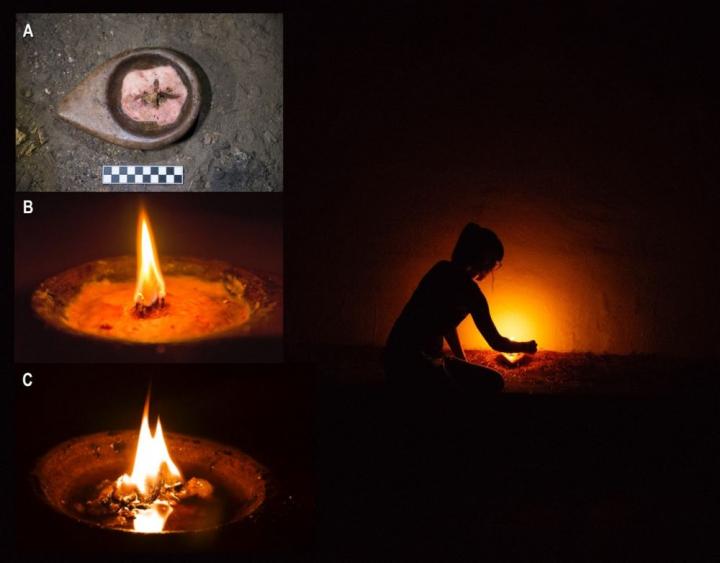
PLOS—A recreation of three common types of Paleolithic lighting systems (torches, grease lamps, and fireplaces) illuminates how Paleolithic cave dwellers might have traveled, lived, and created in the depths of their caves, according to a study published June 16, 2021 in the open-access journal PLOS ONE by Mª Ángeles Medina-Alcaide from the University of Cantabria, Spain, and colleagues.
Humans need light to access the deepest areas of caves–and these visits also depend on the type of light available, as light intensity and duration, area of illumination, and color temperature all determine how the cave environment can be used. In this study, Medina-Alcaide and colleagues use archaeological evidence of lighting remains found across several Paleolithic caves featuring cave art in Southwest Europe to experimentally replicate the artificial lighting systems presumably used by the original human cave dwellers, allowing immediate empirical observations.
The authors conducted their experiments at Isuntza 1 Cave in the Basque region of Spain. Their replicated lighting was based as much as possible on archaeological evidence found in similar Paleolithic caves, and included five replicated torches (made variably from ivy, juniper, oak, birch, and pine resins), two stone lamps using animal fat (bone marrow from cow and deer), and a small fireplace (oak and juniper wood).
They found that the different lighting systems all had diverse features, suggesting their likely selection and use across different contexts. Wooden torches made of multiple sticks worked best for exploring caves or crossing wide spaces, since they projected light in all directions (up to almost six meters in the experiments), were easy to transport, and didn’t dazzle the torchbearer despite having a light intensity almost five times greater than a double-wicked grease lamp. Torch light lasted for an average of 41 minutes in this study, with the shortest-lived torch burning 21 minutes, and the longest burning 61 minutes. The torches tended to function irregularly and required close supervision when burning–though they were easy to relight via oxygenation (moving the torch quickly side to side). The authors found the main torch disadvantage was the amount of smoke production. In contrast, grease lamps worked best for lighting small spaces over a long period–with a light intensity similar to a candle, they were able to light up to three meters (or more if larger or multiple wicks were added). Though grease lamps weren’t well-suited for transit due to their dazzling effect and poor floor illumination, they burned consistently and without much smoke for well over an hour, complementing the use of torches. The authors made one fireplace, a static system, which burned very smokily and was extinguished after 30 minutes. They note that the location was likely not appropriate due to air currents in the cave.
The authors note that the practical insights and observations gained from their experimental replications are invaluable for a deeper understanding of what it may have been like to access the darkest parts of inhabited caves, especially in order to create art, and emphasize that future experimental lighting studies will be useful in continuing to unravel our ancestors’ activities in their caves.
The authors add: “The artificial lighting was a crucial physical resource for expanding complex social and economic behavior in Paleolithic groups, especially for the development of the first palaeo-speleological explorations and for the origin of art in caves.”
__________________________________
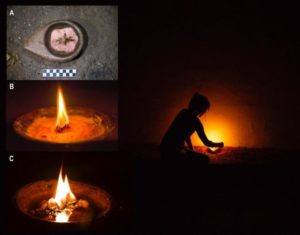
Set of photographs of stone lamp experiment. Medina-Alcaide et al, 2021, PLOS ONE
__________________________________
Article Source: PLOS news release
*Medina-Alcaide MÁ, Garate D, Intxaurbe I, Sanchidrián JL, Rivero O, Ferrier C, et al. (2021) The conquest of the dark spaces: An experimental approach to lighting systems in Paleolithic caves. PLoS ONE 16(6): e0250497. https:/
Funding: This paper has been funded by the research projects “Before art: social investment in symbolic expressions during the Upper Paleolithic in the Iberian Peninsula” (PID2019-107262 GB-I00), PI: Diego Garate, and “Learning and development of artistic abilities in Anatomically Modern Humans; a multidisciplinary approach (ApArt)” HAR2017-87739-P, PI: Olivia Rivero, both funded by the Ministry of Science, Innovation, and Universities (Spain). Besides, the University of Cordoba (José Luis Sanchidrián, Economic Unit in Prehistory) has collaborated in the publication of this paper in open access. I.I.’s Ph.D. research is funded by a grant for the training of research personnel (PIF 2019) at the University of the Basque Country (UPV/EHU). Lastly, this paper publishes a part of M.M.A.’s thesis. This PhD was financed by the Ministry of Education, Culture, and Sport of Spain (FPU fellowship 2014-2018).
_____________________________________
Advertisement

